Optimal Seasons for Foundation Repairs
Foundation repairs are most effective when performed during stable weather conditions. Mild temperatures and dry periods reduce the risk of further shifting or damage during the repair process. Timing repairs during seasons with minimal ground movement helps ensure long-lasting results.
Late spring and early fall are ideal times for foundation work due to moderate temperatures and lower soil moisture fluctuations.
Avoid repairs during extreme cold or heat, as temperature swings can impact soil stability and material curing.
Dry soil conditions provide better support for foundation stabilization and reduce complications caused by excess water or drought.
Planning repairs during periods of stable weather minimizes delays and ensures quality work.
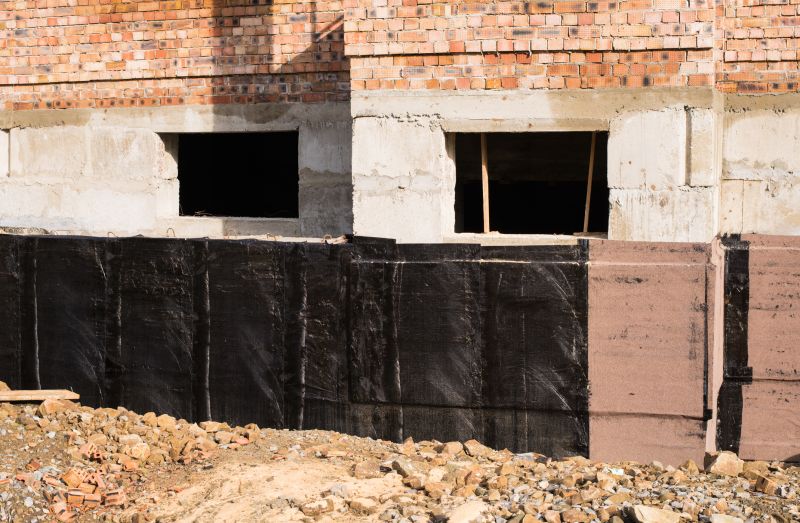
Spring offers moderate temperatures and manageable moisture levels for effective repairs.

Fall provides cool, dry conditions conducive to stable foundation work.
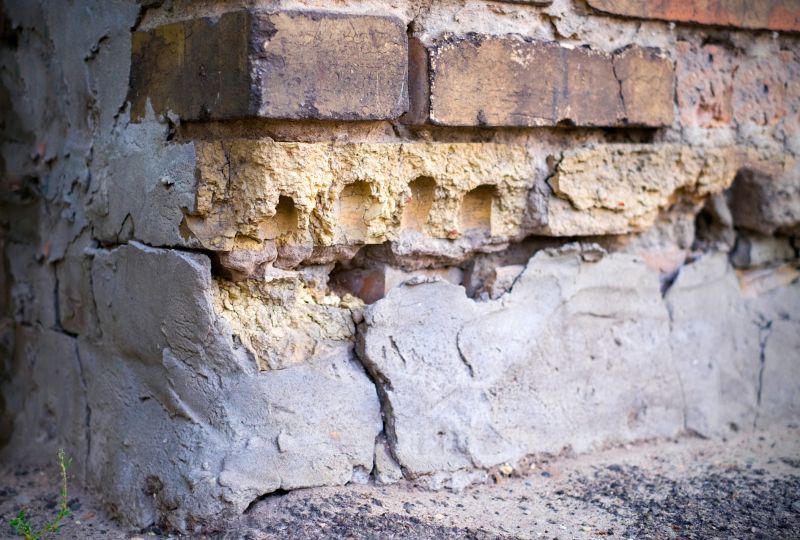
Extreme cold or heat can hinder repair processes and impact results.
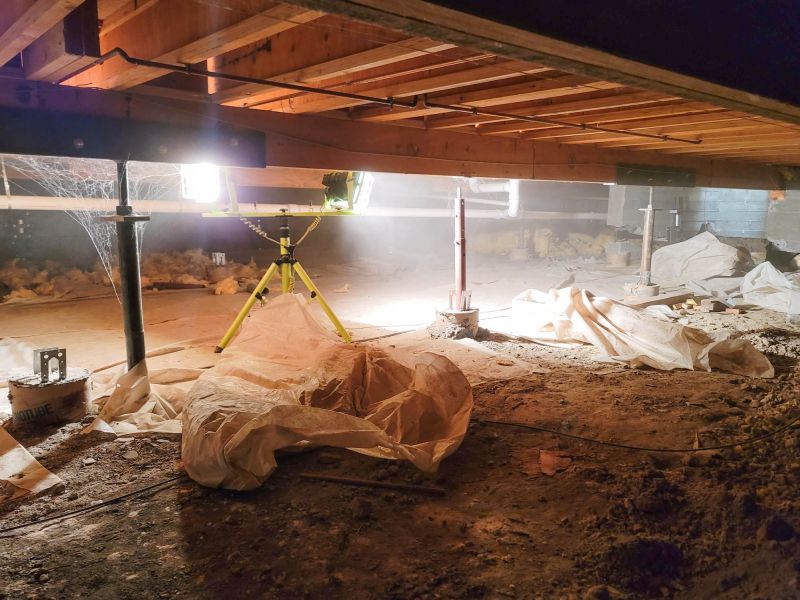
Ways to make Foundation Repairs work in tight or awkward layouts.
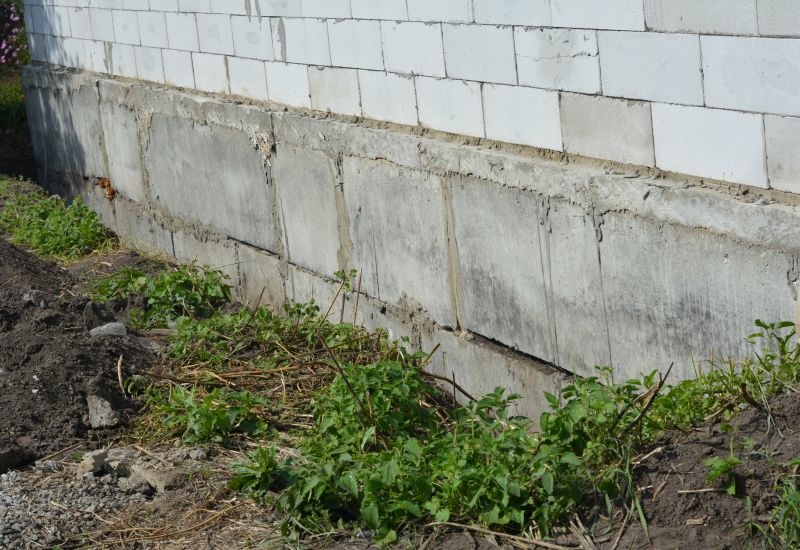
Popular materials for Foundation Repairs and why they hold up over time.
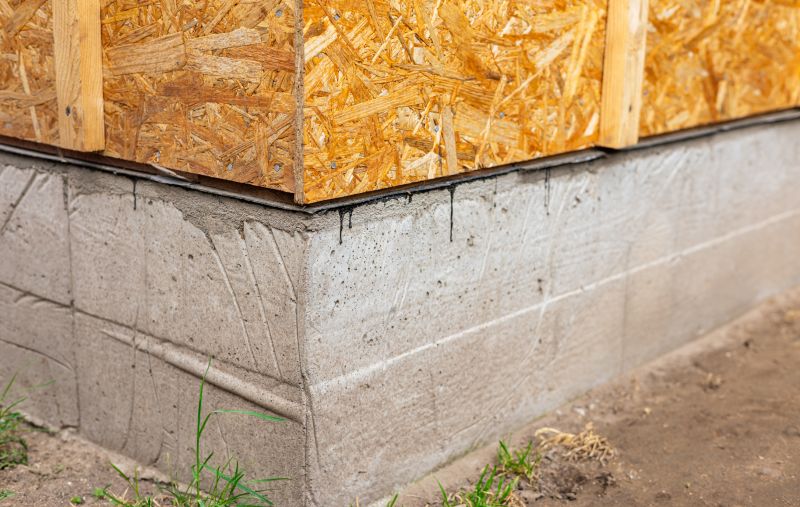
Simple add-ons that improve Foundation Repairs without blowing the budget.
| Season | Best Conditions |
|---|---|
| Spring | Moderate temperatures, manageable soil moisture |
| Summer | Potential for high temperatures, soil drying |
| Fall | Cool, dry conditions, stable ground |
| Winter | Cold temperatures, frozen ground not ideal |
Foundation repairs involve stabilizing and restoring the structural integrity of a building's foundation. These repairs can include underpinning, piering, and stabilization methods designed to address issues such as cracking, settling, or shifting. Proper timing ensures that repairs are effective and durable, reducing the risk of future damage. Seasonal factors like soil moisture and ground temperature play significant roles in the success of foundation work.
Statistics indicate that foundation problems are among the most common causes of structural damage in residential buildings. Addressing issues promptly during optimal weather conditions can prevent costly repairs later. Regular inspections, especially after extreme weather events, can help identify early signs of foundation movement and facilitate timely intervention.
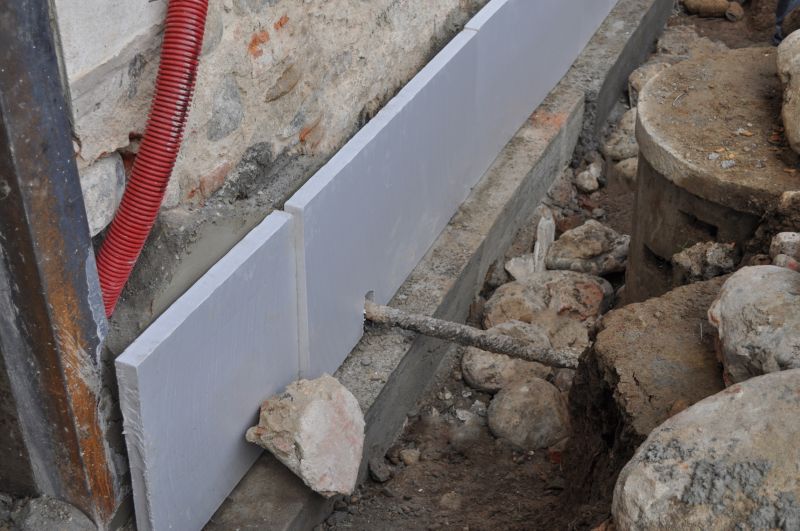
A detailed view of underpinning and stabilization techniques.
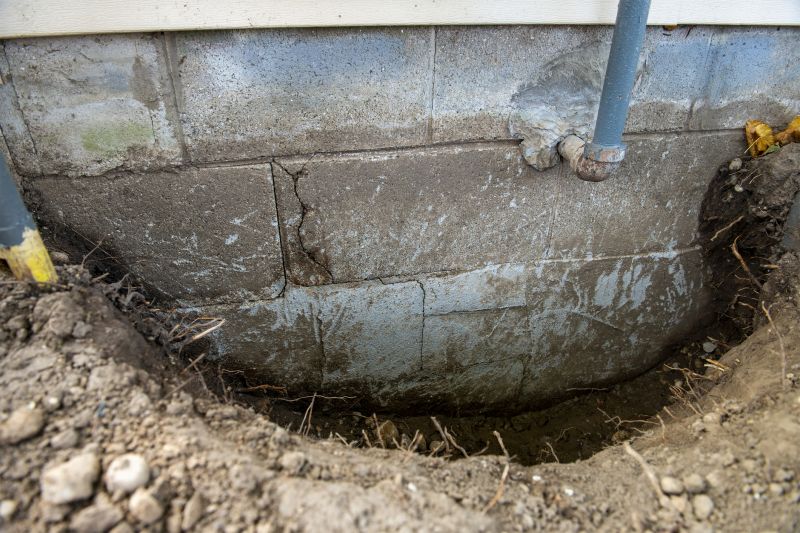
Common signs indicating the need for repair.

Tools used in modern foundation repair methods.
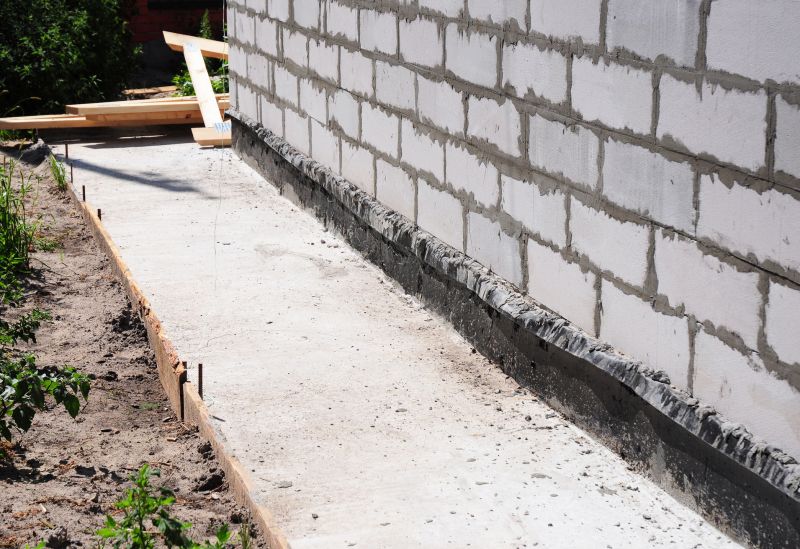
A stabilized foundation ready for finishing.
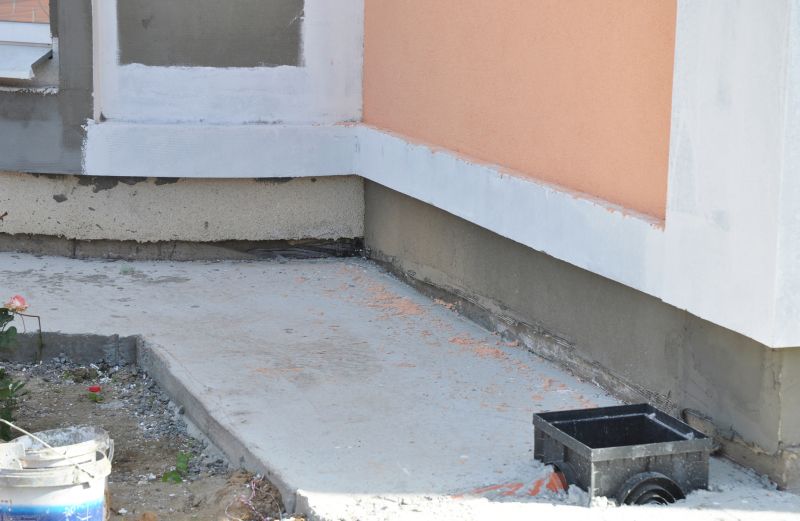
High-end options that actually feel worth it for Foundation Repairs.

Finishes and colors that play nicely with Foundation Repairs.
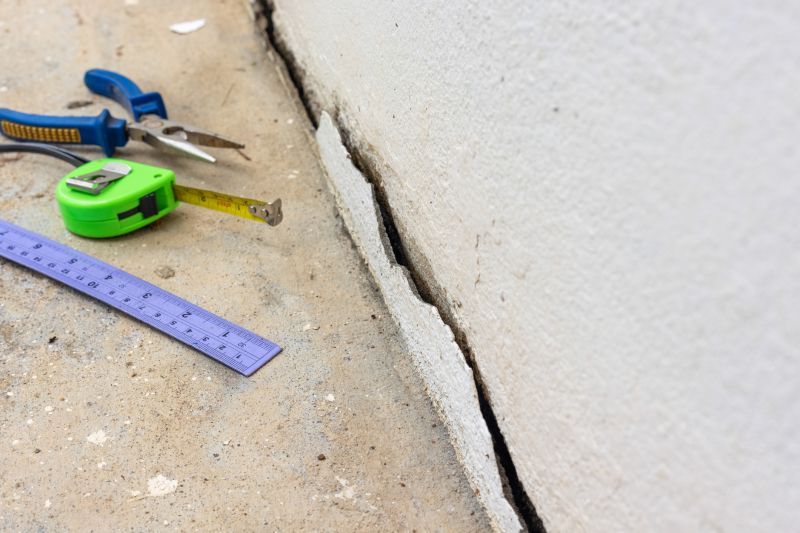
Little measurements that prevent headaches on Foundation Repairs day.

A 60-second routine that keeps Foundation Repairs looking new.
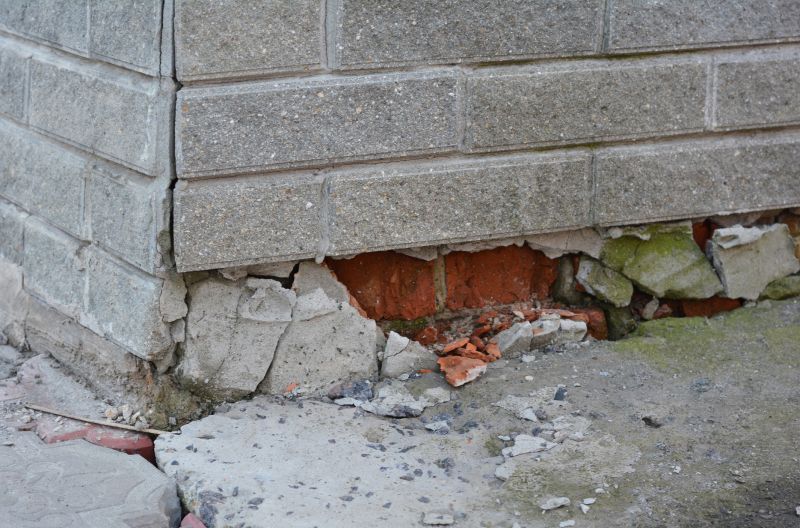
A frequent mistake in Foundation Repairs and how to dodge it.
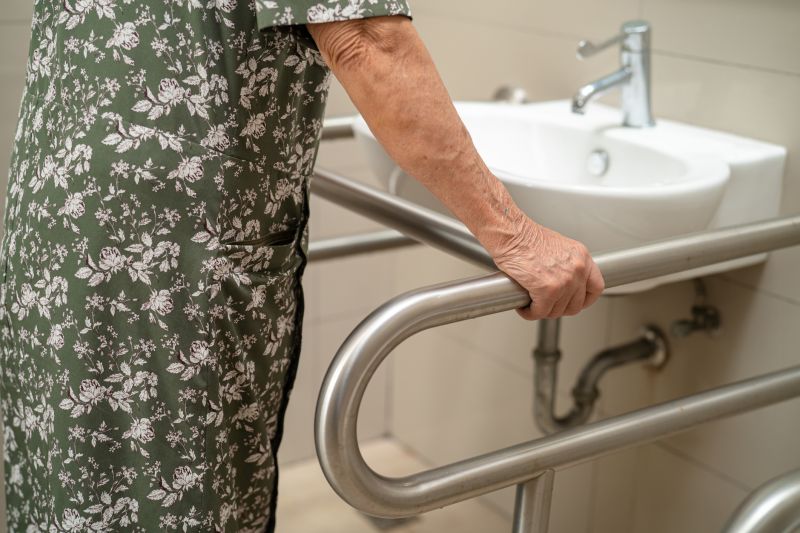
Small tweaks to make Foundation Repairs safer and easier to use.
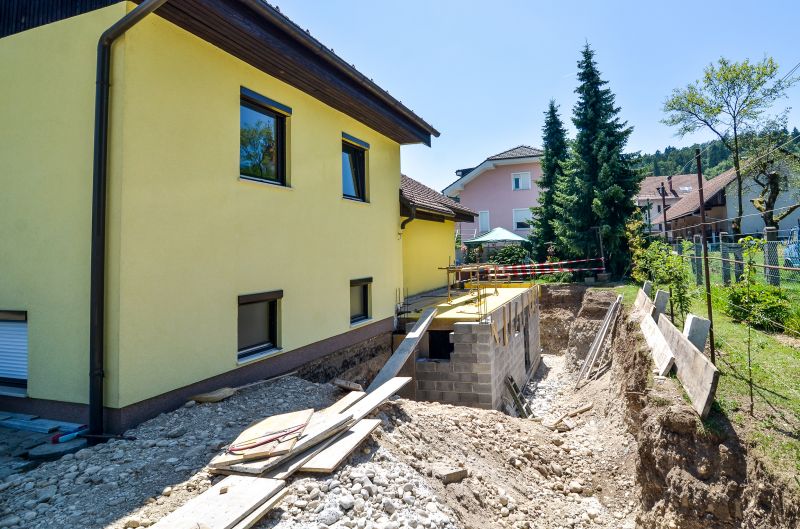
Lower-waste or water-saving choices for Foundation Repairs.

The short, realistic tool list for quality Foundation Repairs.
Interested property owners can contact for more information about scheduling foundation repairs. Proper timing and professional assessment are key to maintaining structural stability and preventing further damage. Filling out the contact form can help determine the best approach and timing for individual needs.


